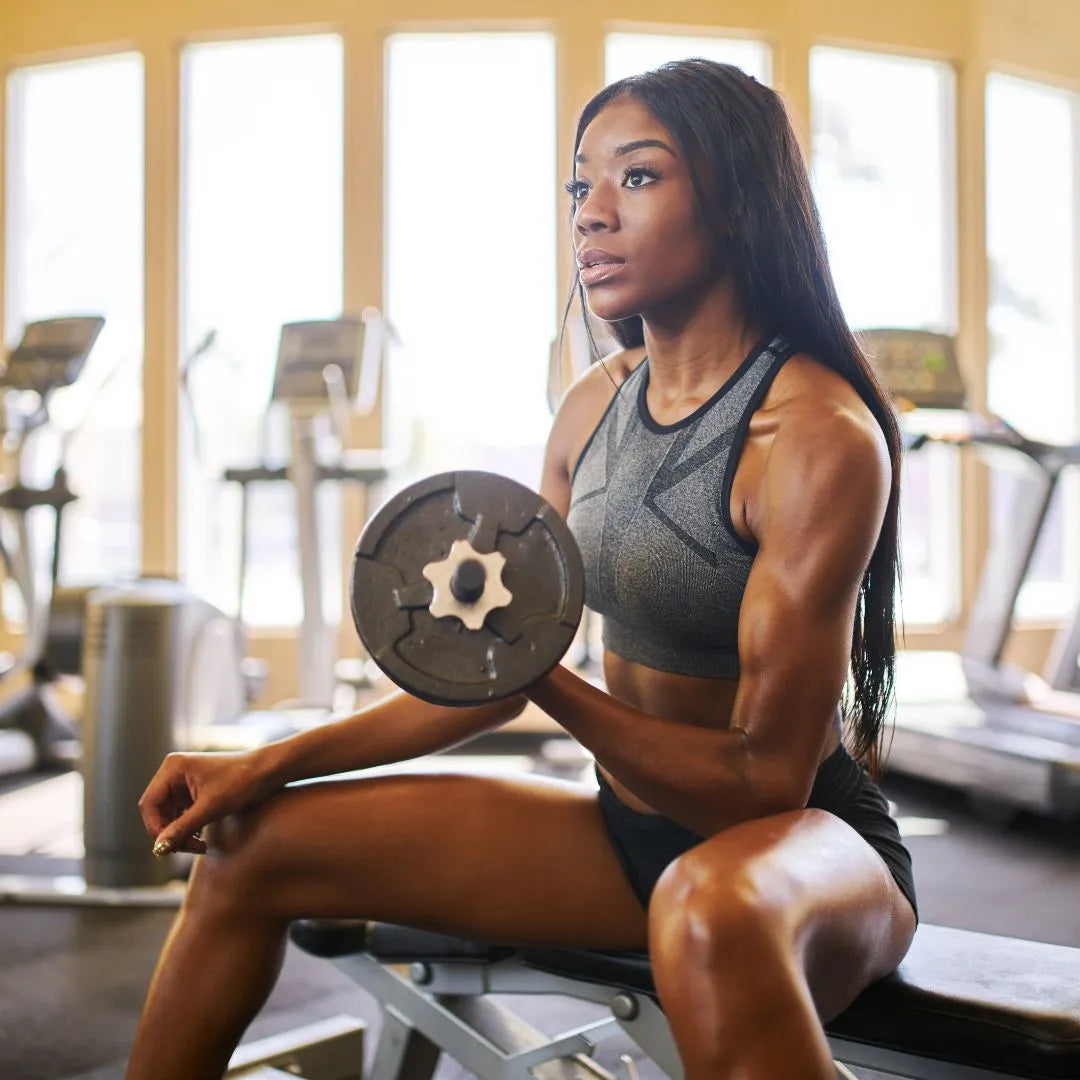
"The days of men being the only ones bench pressing and deadlifting are long gone, as women have discovered the numerous health and aesthetic benefits."
"Many women have historically been told they need a more feminized version of hitting the gym, but men's and women's fitness programs are actually more similar than different."
"Women generally have different fitness goals, focusing more on building glutes and legs rather than seeking to increase upper body strength like men."
"There's a prevalent misconception in the fitness industry regarding women needing specialized programs—most of it is marketing manipulation rather than a necessity."
Weightlifting among women has gained popularity, moving beyond stereotypical aerobic classes. This article addresses common misconceptions about women's weight training, notably the belief that they require a feminized approach. While marketing often perpetuates these ideas—evident in the so-called "Pink Tax"—the reality is that men's and women's weight training routines share more similarities than differences. Women's fitness goals often differ, emphasizing glute and leg development over upper body strength. Ultimately, this article aims to guide women in navigating these misconceptions and effectively training in the gym.
Read at SET FOR SET
Unable to calculate read time
Collection
[
|
...
]